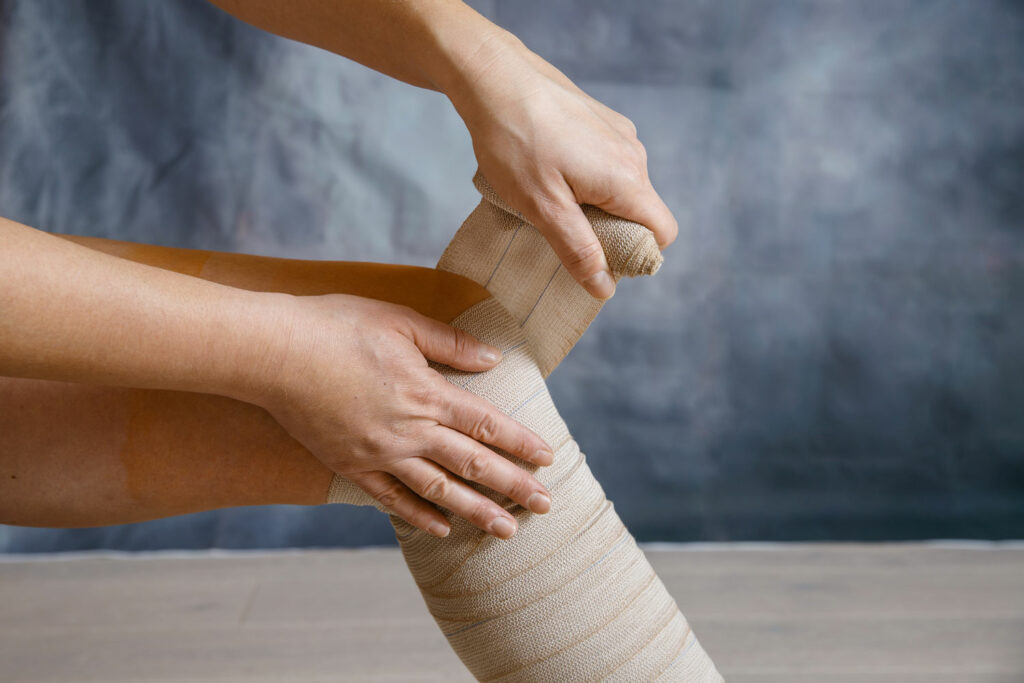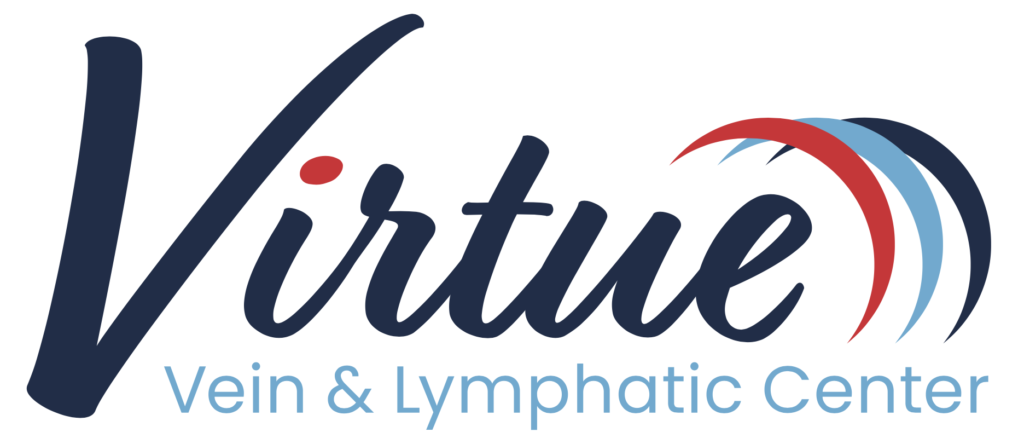Leg Ulcers
Treatment For Open Sores That Won’t Heal
What Are Leg Ulcers?
A leg ulcer is an open sore that won’t heal with normal treatment. They’re usually on the inner leg, just above the ankle. Often they’re painful, but for some, there’s no pain. There may be swelling, itching, pus, and hardened or discolored skin around the wound.
Leg ulcers usually are not due to an injury. They form due to issues with the veins or arteries in the legs. It’s extremely important to seek medical attention for wounds that won’t heal, even if they don’t hurt, as untreated leg ulcers can lead to amputation.
Symptoms of Leg Ulcers
The most obvious symptom of a leg ulcer is the visible sore, but unlike an ordinary wound, a leg ulcer may also have:
- pus
- increase in size
- leg swelling
- enlarged veins
- heaviness in legs
Advanced Treatment Options
Lifestyle Change
We may be able to treat with compression stockings, healthier diet, and other lifestyle changes, which can slow down vascular disease.
Endovenous Ablation Therapy
We can use laser or radiofrequency energy to prevent the surrounding veins from leaking. Healthier veins form to redirect blood flow.
Angioplasty & Stenting
Depending upon the actual cause of the leg ulcer, we may open narrowed or blocked veins using angioplasty, with or without stenting.
Limb Preservation
Because a leg ulcer can lead to amputation, we may bring in a multidisciplinary team to work together to save your leg.

Don’t Ignore Leg Ulcers
Leg ulcers do not heal on their own – they need expert care. We can treat the veins that cause the sores, and restore your skin.
Get Treated Sooner
Because we’re highly specialized, with seven treatment locations in the St. Louis area, we’re able to schedule your exam and treatment much sooner than other facilities. Call us at 314-956-1818 or complete this contact form to get started.
Schedule a Consultation
What To Expect
Consultation
We will do a comprehensive exam, including a venous ultrasound, to determine the cause of your leg ulcer.
Procedures
Depending upon the severity and causes of your leg ulcer, we’ll recommend one of the above treatments.
Recovery
Depends on what type of treatment was used, but typically you’ll have 1-2 hours of recovery, and afterward, you may experience mild pain for 2-3 days, which you can treat with over-the-counter pain medication. You’ll be able to resume normal activity in 5-7 days.

"No More Pain"
MaryAnn R.

"I Walked 2 Miles the Next Day!"
Shirley M.

"They Listen Very Well!"
Jeff K.

"Very Knowledgable!"
Happy Patient

"My Leg is Feeling So Much Better!"
Marlene G.
Leg Ulcers FAQ
Anyone can develop leg ulcers, but they’re more common in women. Some risk factors are:
- blocked veins or arteries
- poor circulation
- diabetes
- high blood pressure
- heart or kidney disease
- tobacco use
- high cholesterol
- infections
Yes. We will pre-certify any procedure or test prior to your appointment time to ensure it is a covered benefit through your plan.
You can expect mild pain after angioplasty/stenting, or surgery, which can be treated with over-the-counter pain meds.
If you experience the same issue in a vein or artery that was not previously treated, or if the previously treated vein or artery re-narrows there is a chance the leg ulcer could come back.
The best way to prevent leg ulcers is to improve your circulation, which means working to manage high blood pressure and diabetes. Eat fresh foods, not processed, and reduce sodium intake. Quitting smoking can also reduce your risk.

